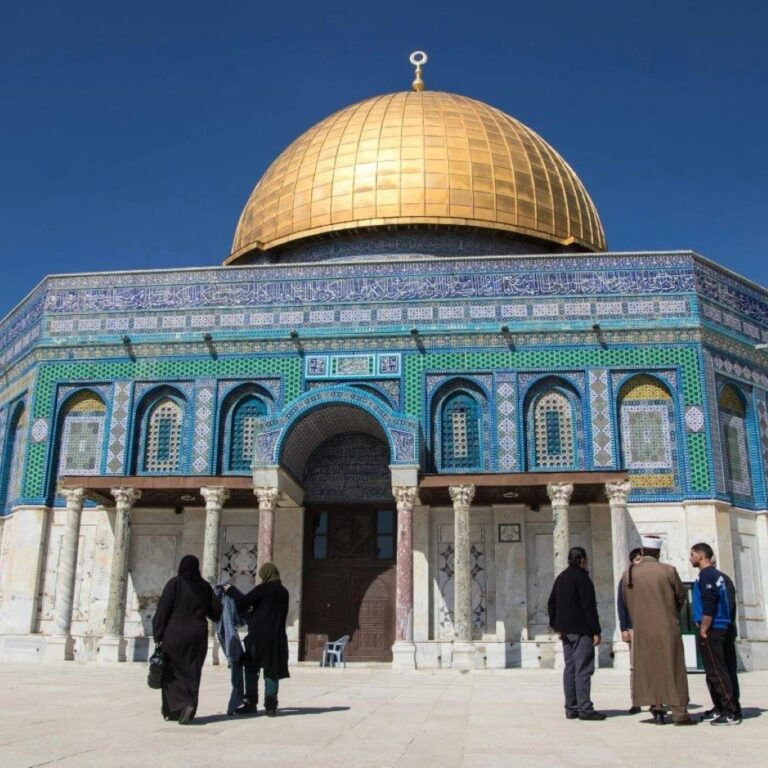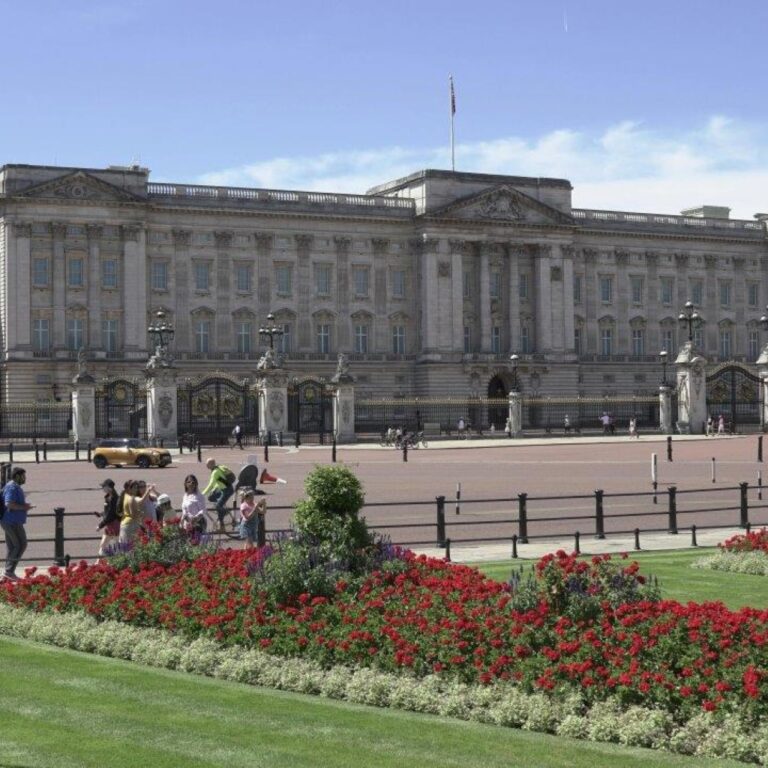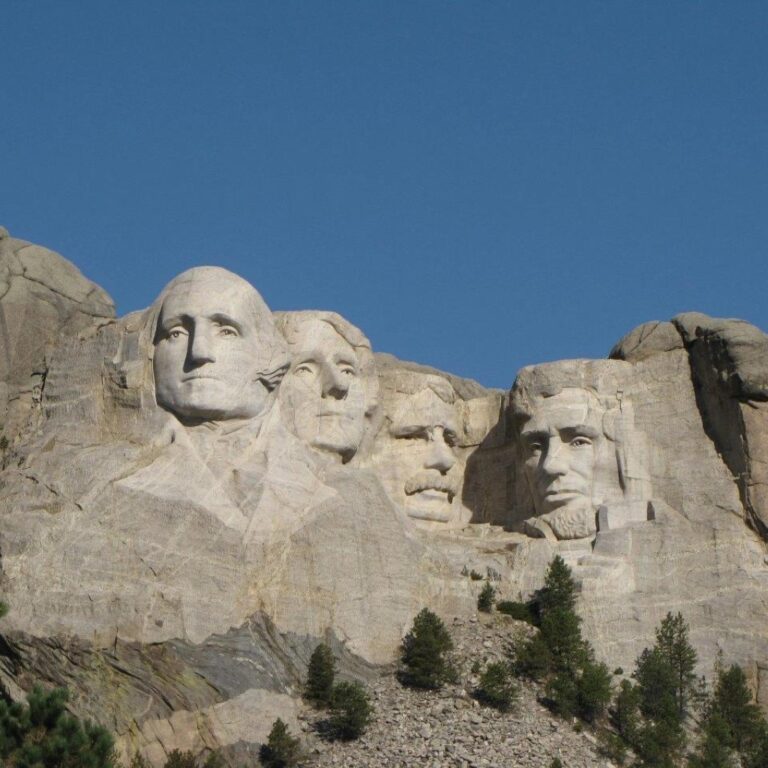The Dome of the Rock is one of the most iconic and important religious sites in the world, located in Jerusalem, Israel.
The Dome of the Rock was built between 687 and 691 CE by the Umayyad Caliph Abd al-Malik, making it one of the oldest Islamic monuments.
The site is sacred to both Muslims and Jews; it is believed to be the location where Abraham prepared to sacrifice his son Isaac and where the Prophet Muhammad ascended to heaven during the Night Journey.
The Dome of the Rock is not a mosque but a shrine that houses the Foundation Stone, which holds religious significance for both Islam and Judaism.
The structure's dome is made of wood and covered with gold-plated aluminum, giving it its distinctive golden appearance.
The Dome of the Rock is an architectural masterpiece, featuring intricate mosaics, calligraphy, and geometric patterns that exemplify Islamic art.
The octagonal design of the Dome of the Rock is influenced by Byzantine architecture, and it is considered one of the most beautiful examples of early Islamic architecture.
The original mosaics of the Dome of the Rock were made with glass and gold, and they are still visible today, although some have been restored.
It is built on the Temple Mount, a site that has great significance in Judaism, Christianity, and Islam.
The shrine was one of the first Islamic monuments to be built, symbolizing the establishment of Islam in Jerusalem.
The Dome of the Rock is part of the larger Al-Aqsa Mosque compound, which is the third holiest site in Islam.
The structure is topped by a crescent moon, a symbol often associated with Islam.
The Dome of the Rock has inspired the design of many other buildings throughout the Islamic world.
The Foundation Stone inside the Dome of the Rock is believed by Jews to be the site where God's presence is most directly felt on Earth.
It is one of the oldest examples of Islamic architecture and has served as a model for many other religious buildings.



